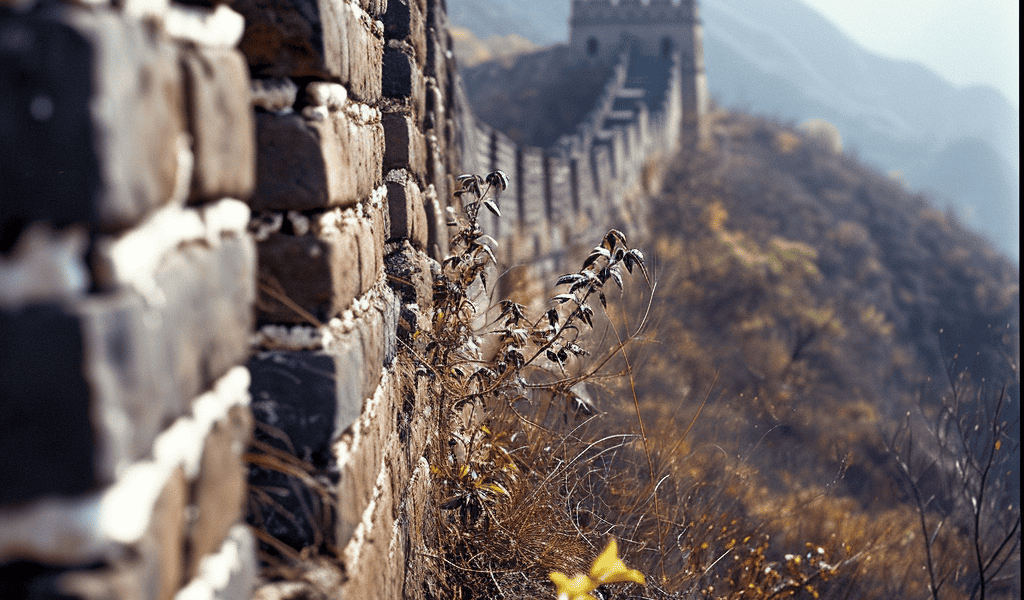A new study has revealed that the Great Wall of China is protected by a ‘living skin’ consisting of tiny, rootless plants and microorganisms known as biocrusts. This natural defense mechanism has been found to enhance the stability and resistance to erosion of the iconic landmark.
The study, published in the journal Science Advances, challenges the previous belief that rammed earth portions of the Great Wall were a weak point in its structure. Instead, the research suggests that the biocrusts covering the soil surfaces on the Great Wall play a crucial role in its preservation.
Soil ecologist Matthew Bowker, an associate professor at Northern Arizona University and coauthor of the study, highlighted the significance of biocrusts in protecting the Great Wall. He emphasized that while biocrusts are commonly found on soils of dry regions, they are not typically associated with human-built structures.
Past studies have indicated that lichen and moss biocrusts can pose a threat to modern heritage stone structures due to their long-term impacts on aesthetic value and erosion. However, the effects of biocrusts on earthen landmarks like the Great Wall differ, with communities of cyanobacteria and moss actually contributing to the wall’s stability and resistance to erosion.
The study, which examined samples from over 300 miles across eight rammed earth sections of the Great Wall, found that more than two-thirds of the area is covered in biocrusts. Comparing the stability and strength of samples with and without biocrusts, the researchers discovered that samples with biocrusts were as much as three times stronger.
Bo Xiao, a professor of soil science at China Agricultural University and coauthor of the study, likened the biocrusts to a protective blanket for the Great Wall, emphasizing their widespread presence and beneficial role in preserving the ancient structure.





